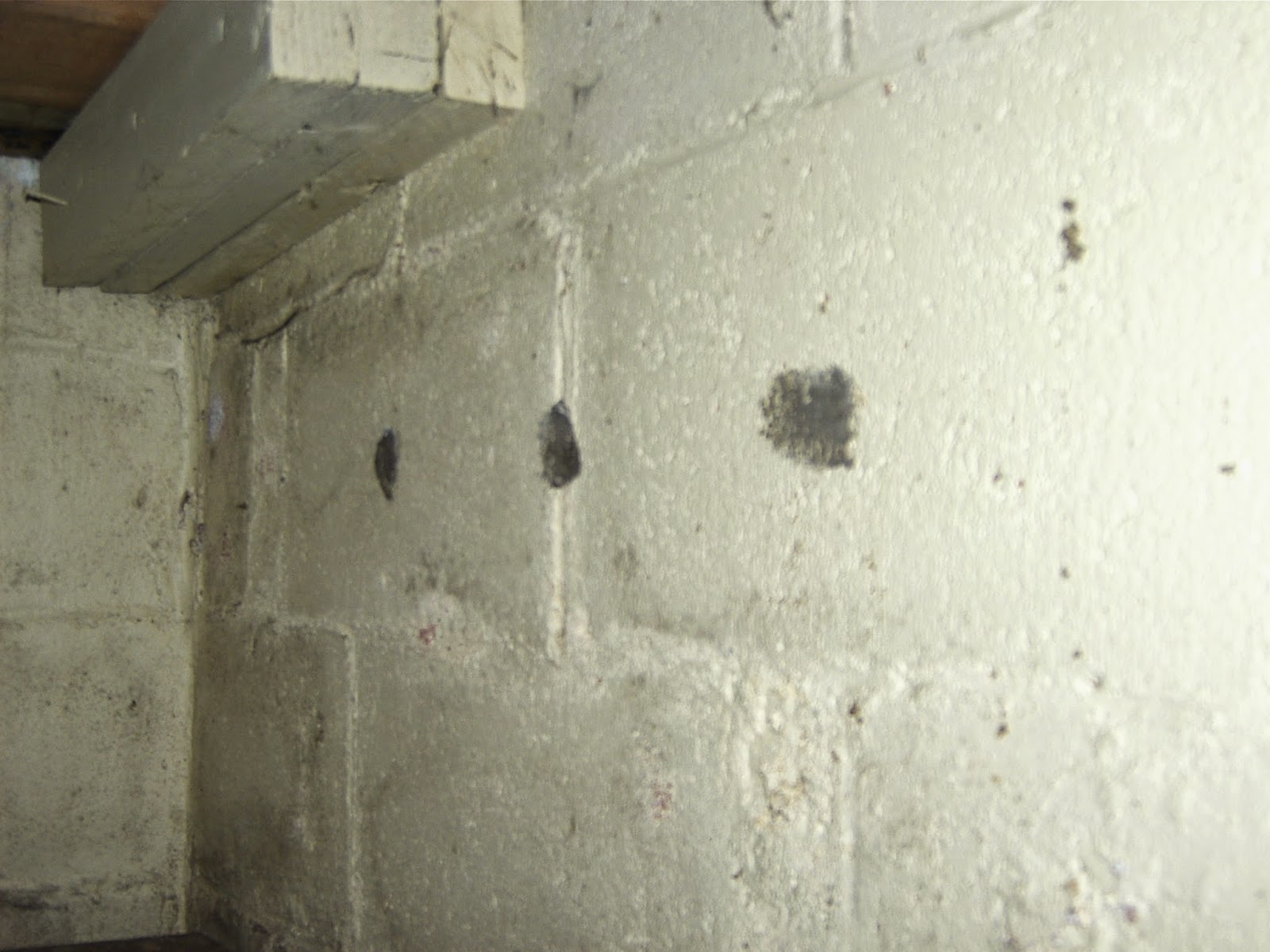DANA WILSON HOME INSPECTION SERVICES
LLc
MASSACHUSETTS
978-831-7363
TERMITES
IDENTIFICATION
- DIFFERENT CHARACTERISTICS BETWEEN TERMITES AND ANTS
CHARACTERISTICS:
- Termites swarm in the spring and again in the fall. However, you might be able to find signs of termites year round.
- Termites eat wood, they create mud tubes (sandy colored tunnels) to travel in.
- Termites cause structural damage to wood members.
- Termites live underneath and behind concrete floors, walls and inside wood.
- You're more apt to see shelter tubes and blistering paint/wall paper than a Termite.
- Termites can live in a structure for years before their noticed.
- Their colonies grow to as much as thousands.
- They can be mistaken for ants.
VULNERABLE
AREAS OF YOUR HOME:
-
You
can find Termites and evidence of Termites in every area of a home. Basement
stairs (step surface, underneath at stringers and under steps storage areas –
sill / bands), Basement floor, basement wood members (commonly at sill/band,
joists, floor boards and main support posts and beams and between sistered
(doubled-up) boards). In crawl spaces, laundry rooms, bathrooms, door jambs,
main level floors, window frames, wood paneling, trim boards, blistering wood
surfaces, blistering wall paper, all types of foundation walls, and in attics
at rafters. Exterior side of foundation, decks and posts.
PICTURE LIBRARY:
THE PICTURES START IN THE BASEMENT, LEAD TO MAIN LIVING AREAS THEN THE ATTIC AND THEN THE EXTERIOR.
THE PICTURES START IN THE BASEMENT, LEAD TO MAIN LIVING AREAS THEN THE ATTIC AND THEN THE EXTERIOR.
BASEMENT:
Shelter tubes coming through a brick wall.
Shelter tubes on floor joists.
Termites just under the surface of paint.
Shelter tubes on paneling.
Shelter tubes on the side of the floor joist, in the corner where the
joists meet the floor boards and between the floor boards.
Blistering paint,
Termites under the paint especially where wood/door jambs touch the floor or
the foundation.
The basement
bathroom remodel job.
The small
sandy spots are evidence of Termites.
|
Baseboard and trim boards.
Hardwood floors. There are times when the hardwood is covered with carpet, you have to have a sharp eye to catch the small sandy spots on the baseboard.
Look for
wings on floors, under sinks, cobwebs and furnace filters.
|
|
Look at the size of the shelter tube on top of the foundation left of the window.
|
Drill holes / marks will be ½ to ¾ inch in diameter, spaced
about 18 inches apart.
Drill holes
in the block foundation wall. No other type of wall gets this treatment.
Older
treatments. Drill holes (about a ¼ inch in diameter) typically used to inject
Chlordane (poison) to kill termites and powder post beetles. You might see holes like in the pictures below
in sill/band boards, joists, wood posts and wood beams. The smaller (1/8" size holes) are caused by Powder Post Beetles.

Doing your
own Termite inspection – remember every house can be different. But, you can
apply things from this blog to your own house - you might find some suspicious
areas. If you do, call a home inspector for a no conflict of interest
inspection (most home inspectors don’t treat houses – we just inspect).
Best,







.JPG)
.JPG)
.JPG)
.JPG)










.JPG)




.JPG)